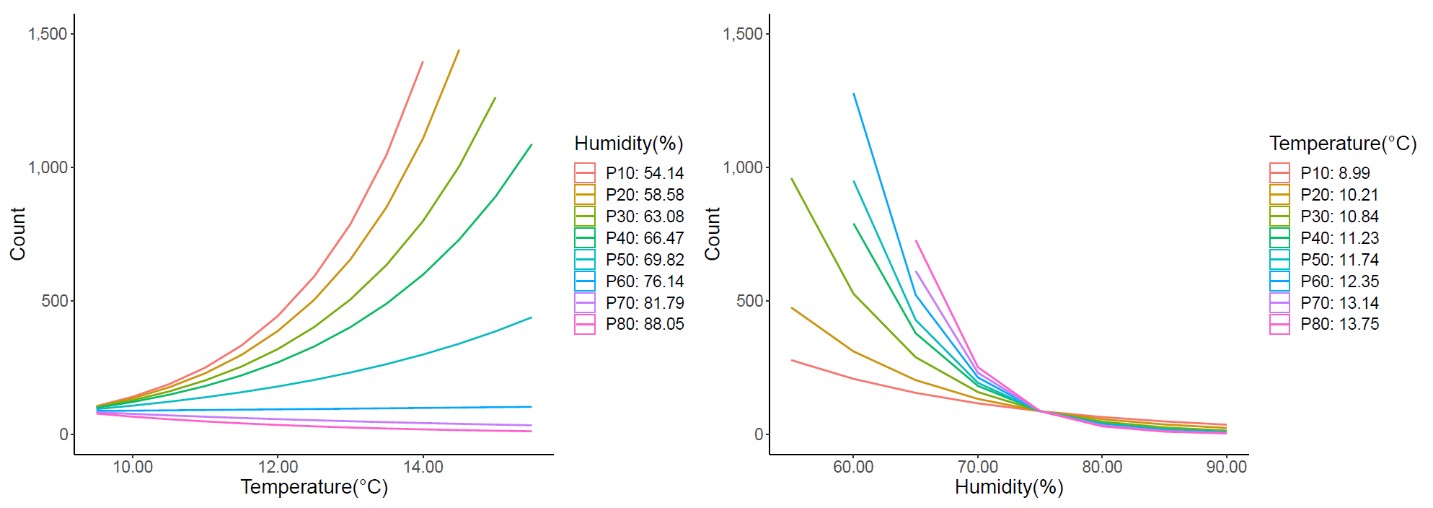
The global COVID-19 pandemic and its huge social and economic impact have aroused great attention and created a huge public health challenge. How to effectively stop the spread of SARS-CoV-2 and return to a normal life has become our main concern. Non-pharmaceutical interventions can effectively stop the transmission of SARS-CoV-2, but whether climate also contributes to COVID-19 outbreaks is still not certain. Whether the spread of SARS-CoV-2 can be blocked or reduced has also become a hot topic.
Studies to test the survival time of SARS-CoV-2 at different temperatures found that the survival time of the virus decreased as temperature increased.
Since the beginning of the COVID-19 pandemic, people have been speculating whether SARS-CoV-2 can survive in the hot summer, and whether the COVID-19 pandemic will stop under relatively high temperatures. Studies to test the survival time of SARS-CoV-2 at different temperatures found that the survival time of the virus decreased as temperature increased. However, even after the hot summer, the COVID-19 pandemic is still ongoing.
The influence of weather factors on the COVID-19 pandemic is quite complicated. From the data of the COVID-19 epidemic in Wuhan in 2020, researchers found that the number of COVID-19 cases decreased with increased temperature or humidity.
By analyzing global data Xu et al. reported that the spread of SARS-CoV-2 was also affected by ultraviolet light. It can be seen that the weather might play a role in the outbreak and epidemic of COVID-19, but the degree of influence differs under different situations. People are eager to know how the weather influences the spread of SARS-CoV-2, especially the delta variant.
Our results showed that the COVID-19 cases were influenced by temperature when the humidity was low, and that cases increased in dry and warm conditions.
Therefore, the influence of weather factors, especially temperature and humidity, on the transmission of SARS-CoV-2 is still worth further study. We need to consider how weather factors affect the spread of COVID-19 and whether relevant prevention and control measures should be taken under different temperatures or humidities.
Our recent study collected COVID-19 cases caused by the delta variant from 1 June to 10 September 2021 in Sydney. We also collected weather data from the same period to analyze the relationship between weather and COVID-19. Our results showed that the COVID-19 cases were influenced by temperature when the humidity was low, and that cases increased in dry and warm conditions.
We drew an interactive graph of the influence of temperature and humidity on COVID-19. It showed that when the humidity exceeds about 70%, the effect of temperature on COVID-19 disappears, and the high humidity may inhibit the transmission of the SARS-CoV-2 delta variant.

This study showed the diverse impact of weather factors on COVID-19, and also reminds us that we should strengthen preventive measures such as wearing masks and social distancing under conditions of low humidity to prevent the spread of SARS-CoV-2.
Comments